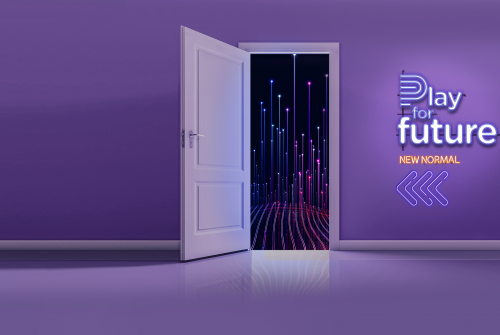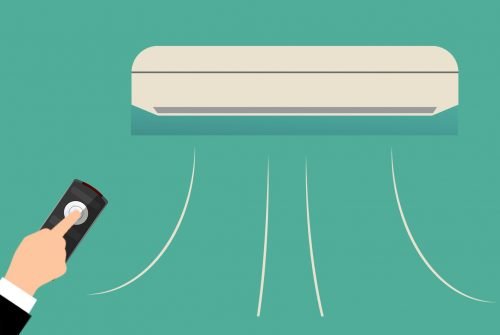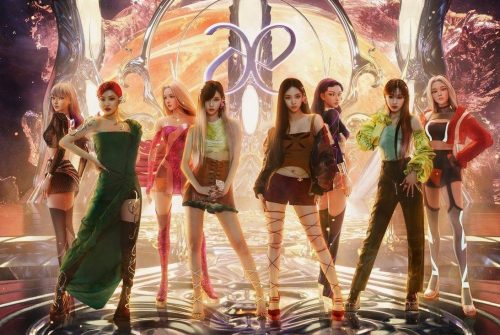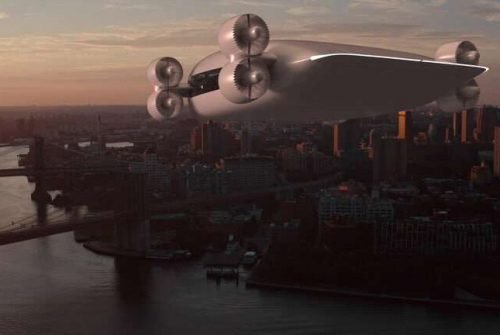Authentic Learning: when knowledge enters real life
27 May 2020 | Written by La redazione
Whether digital or present, teaching has the task of renewing itself in approaches and methodologies, to meet the needs of boys and girls in a world in constant change
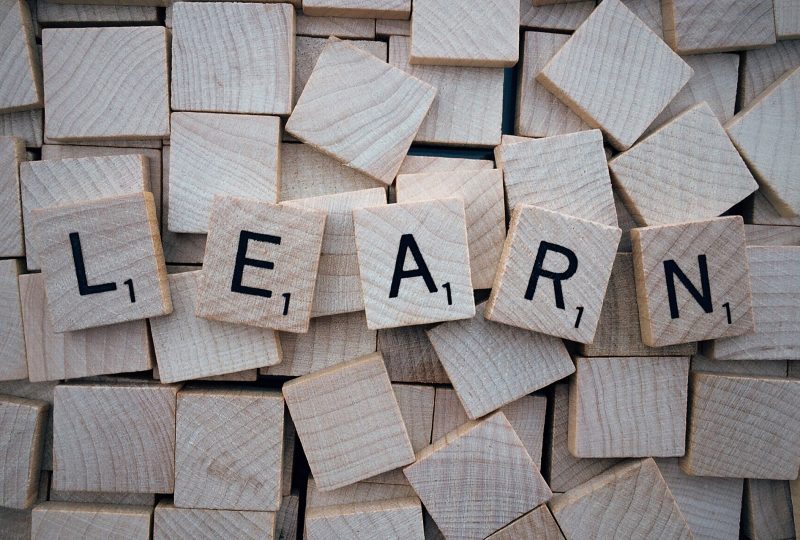
“What do I need to study?”. Most of the parents will have heard their children pronounce this phrase during a time of their educational path. More and more bombarded by external inputs, the result of a world and a society in constant and rapid transformation, boys and girls need motivations and stimuli that traditional teaching cannot always offer.
This particular moment, for school as for all society, can be the perfect opportunity to introduce or accelerate change: the world of education must be able to renew itself, not so much in the tools as in the methodologies, alongside the traditional teaching new approaches. Among these is Authentic Learning, authentic learning.
Authentic Learning. Students have a greater interest in concepts and skills that reflect the context of real life. This is the concept from which Authentic Learning starts, which aims to explore, discuss and build concepts and relationships in contexts that involve concrete problems and projects, perceived by girls and boys as useful and real.
It is an active and dynamic learning process: knowledge is built through direct engagement, critical spirit, analysis and problem solving. Therefore, students do not study and memorize only abstract concepts, but they see them applied in specific situations, living them.
All with an interdisciplinary approach, which allows to analyze and face the complexity of the world and society.
Not only challenges, but also reflection and comparison. Authentic Learning, as well as Challenge Based Learning, CBL, is based on constructivist pedagogy, an approach in which learning is an active and creative process. Unlike the CBL method, in which children are only engaged in facing and solving challenges, Authentic Learning offers a very broad and articulated perspective.
Among the activities that fall within this methodology are role-playing games, the creation of media content such as news programs or articles, peer comparison and evaluation, working with data and carrying out research.
For example, the project “The workshop of science” of the Bruno Kessler Foundation goes in this direction.
“This is a participatory research project, – explained Matteo Serra, scientific director of the project – in which high school students carry out scientific research based on proposals made by citizens, or by themselves. Most of these proposals arise from practical needs, or from curiosities related to the real world. In the first edition, for example, a citizen asked to study the emissions of a 3D printer, in order to verify its environmental impact: the boys conducted a small experiment with a printer, then analyzing the data. In this year’s edition, however, a class is working to develop an IT platform that helps monitor the factors that influence blood glucose variations, at the request of a diabetic patient “. In particular, the satisfaction of the students emerged: “We have observed on average – concludes Serra – an excellent level of interest and participation for these projects by the students, who have the opportunity to face a different educational experience, very close to real life, and in direct contact with both citizens and researchers, who supervise the work of the children together with the teachers.
The right approach to talk about the future. Debate, discussion, role plays, the use of media content or news stories: these are methods and tools that Impactscool also uses to bring the teaching of the future.
Imagining possible futures is by definition an active, creative, participatory, interdisciplinary and shared process: an excellent way to explore tomorrow, always starting from the authenticity of the present.


